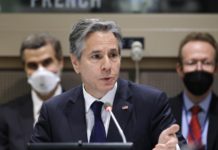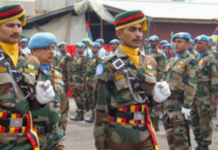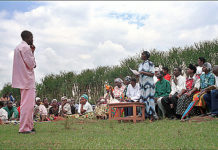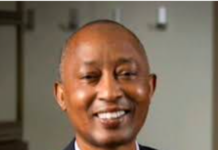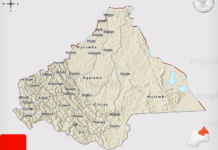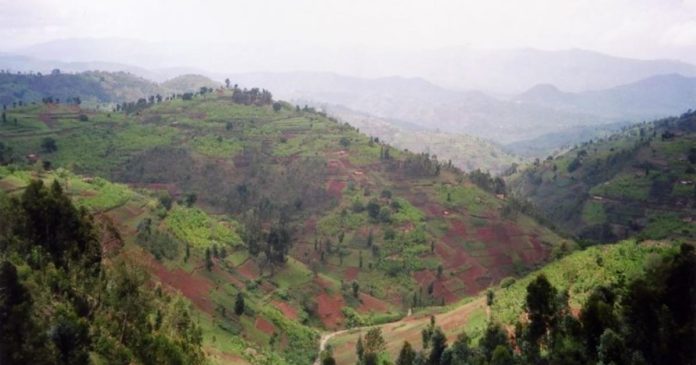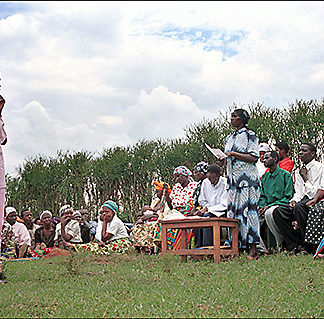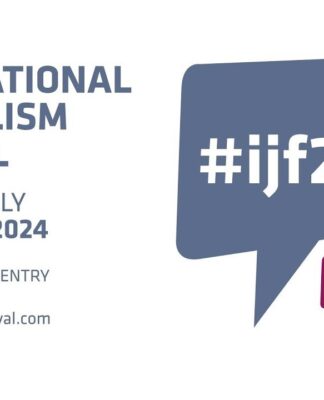In his 2010 election manifesto, President Kagame pledged to increase funding for the agricultural sector through providing water dams for irrigation, streamlining access to market, reviving cooperative societies, pre-fixing prices for agricultural produce and stabilizing agricultural subsidies. However, at the end of his second seven-year term in the office last year, the economy of Rwanda had worsened considerably. The RPF government failed to concentrate on putting the fundamentals right. The economy would not be dominated by services rather than agriculture when more than 85% of Rwandans depend on agriculture.
The steady declining contribution of agriculture to national income which has not been matched by the movement of people from agriculture to the other sectors means the people who are involved in this sector, who are the majority, have gotten economically worse off. The RPF government uses a financial forecasting model which is only useful in projecting government revenue trends but can’t stimulate the economy because Kagame dictates upon the national treasury and does not allow alternative policies proposed by the opposition to deal with the country’s problems.
The Kagame regime takes heavy debts from World Bank and other fiscal paradises simply to embezzle the money and fill it in the pockets of government officials. They buy luxury cars, build villas overseas, invest in their own businesses and so on. The regime spends lots of money to pay air tickets, hotel accommodation, pocket money and salaries for its assassins who threaten to kill Rwandan critics abroad.
The high officials of the government (the President, Ministers, Parliamentarians, Governors, Mayors, CEOs, Senior Officers in the army and Police) have the highest salaries on the continent. These leaders do not care about the people but they are motivated by exorbitant cupidity to achieve illicit enrichment. They want to make big fortunes from the public money and the rest is none of their concern.
Investments in agriculture are very insignificant and funded by political rather than productivity objectives. The government has left individual farmers isolated and vulnerable to exploitative middlemen who benefit from the sweat of local farmers by creating politically patronised receiverships known as collectivization warehouses. This means condemning 85% of our population to poverty-related miseries among other human-created calamities.
There is no much production going on in rural Rwanda. The countryside is gradually dying because of volatile policies under the RPF’s fascist rule. Agriculture which remains Rwanda’s backbone despite the superficiality that the country is industrialising has suffered a terrible blow under President Kagame. By prioritising other sectors and neglecting agriculture, the Kagame regime has put the cart before the horse.
For example, EDPRS I (2008-2013) stemmed from Rwanda’s Vision 2020 and was supposed to guide medium term actions that would lead to the achievement of the Vision’s goals. But at the end of this Economic Development and Poverty Reduction Strategy less than 20% of its program had been achieved.
After EDPRS I came EDPRS II (2013-2018). The main goal of the strategy was to alleviate poverty by boosting the farmers’ production in quality and quantity through agricultural modernization, mechanization and agro-processing. This meant to speed up Rwanda’s progress towards becoming a middle-income status country and creating a better quality of life for all Rwandans through sustained average GDP growth of 11.5% and accelerated poverty reduction to less than 30% of the population.
As outlined under EDPRS II and Vision 2020 targets, agricultural sector was expected to play a pivotal role in poverty alleviation efforts. Rwanda aimed to have at least 100.000ha of land irrigated by 2018. Nonetheless, not even 10.000ha are irrigated because the RPF regime is a lot more concerned with furthering its imperialism in the Great Lakes region than promoting the lives of the nationals.
As it has recently been published, there is 38% of children aged under five whose growth has stunted due to severe malnutrition. When you study the case, the findings show that not only 38% of children were affected by stunting but also children between the age of six and twelve have suffered malnutrition consequences. The supplied cause of the stunting states that the parents don’t know how to prepare a balanced diet for their children.
The officials from the department of local government argue that Rwanda has attained self-sufficiency in food and in virtue of this the cause of stunting cannot result from parents’ lack of skills within the preparation of meals rich in vitamins and proteins. It is in regard to this masquerade that the regime of the RPF previously received big bucks of US$ 55 million to fight against stunting in children.
While coping with childhood stunting, it is said that parents will receive formation. Yet, the matter is not less knowledge how to cook food rich in healthy ingredients because this crisis is present almost everywhere even in the country’s exemplary nutrition centres.
Stunting actually results from the following causes:
👉 Parents’ financial incapacity to buy the necessary victuals.
👉 Inaccurate agrarian programs of the government to replace food crops as well as adjust the planting seasons without foreseeing the far-reaching detrimental effects this unplanned revolution will have on the people’s livelihoods.
As it were, every Rwandan used to be an agronomist of his soils knowing how to alter the crops in the field according to the succession of seasons. They had fields reserved for sorghum, beans, maize, potatoes and the produce was managed as planned by the farmer. Nowadays, this independence has been infringed upon. The government had interfered with the farmer’s agricultural activities without balancing both the advantages and disadvantages of reshuffling the system depriving the farmer every ability to earn money for the daily survival.
Here the most poignant example can be experienced in the northwest of Rwanda. In the past, a farmer of Irish potatoes was economically well-off and had the ability to feed his children well and pay their school fees on time. Now things have fallen apart. Not only a farmer of Irish potatoes cannot feed his family but also he no longer can pay for the school fees due the regime’s exploitative scheme of forceful collectivization.
The harvests are collectivized in warehouses in which the farmer receives US$ 6-8 cent/kg and the regime’s brokers resell it at US$ 21 cent/kg. This shows that the farmer does not work for himself but he’s exploited by the RPF regime. The northeastern region of the country used to be known as the nation’s barn but now many of its children are being diagnosed with stunting.
👉 Depriving the people access to food articles at affordable prices. The regime has abolished the regulation of the market as through commercial boards such as TRAFIPRO and the prices in the markets are much higher than the people’s ability to buy things because the economy is being dominated by services instead of promoting agriculture while over 85% of Rwandans are engaged in agriculture.
If the regime has asked the aid of US$ 55 million in order to give the people formation about how to prepare a healthy meal, it is impossible to solve the problem of stunting in children because the properly said question is connected with what we have mentioned here above.
That aid is tremendously big. It should be used in a way that existing mistakes may be corrected. The issue is how the government plans agricultural projects and how they are implemented. This money is a debt; that’s, if it is spent purposefully, at the time of reimbursement the government would benefit from the taxes on agribusiness, benefits based on healthy nutrition and so on. Remember that stunted children are inapt in ordinary life. They can’t study and illiteracy brings many other problems in its tow.
Normally, the government should provide for markets or purchase the people’s food crops and process them so that they can be stored for a long time without decaying or else finance agricultural cooperatives and the cooperatives would process the food crops and then sell them to the people so that the peasant might benefit from the agriculture. In so proceeding, the problems of poverty, stunting, chiggers and dirt would be dealt with basing on reality.
It is good to get us aware of the existing problems. It is also good to find the money to solve those problems. However, when you don’t deal with the real problems, that means that the government has failed to tackle the country’s conundrums and that it is only capable of increasing the debts which the country will reimburse in the time to come. Evidently, a regime that continues to report unattained achievements purchases abject misery of the people!
The death of the rural sector through misguided policies by the RPF is a legacy that we shall struggle with for years because beyond the regime’s development narrative, Rwanda still lags far behind the world’s poorest nations. That’s how ten millions of Rwandans live below the poverty line, one million and five hundred thousands in middle-income economy and five hundred thousands in opulence.
The main donors of Rwanda especially the World Bank, the USA, the UK, Belgium, Netherlands and Germany should halt aid given to the government of Rwanda in light of its falsified statistics and dishonest reports aiming to earn the RPF regime the money to use in its mercenary schemes.
Written by:
Jean Rukika
A London-based independent activist
Monday, 19 March 2018



